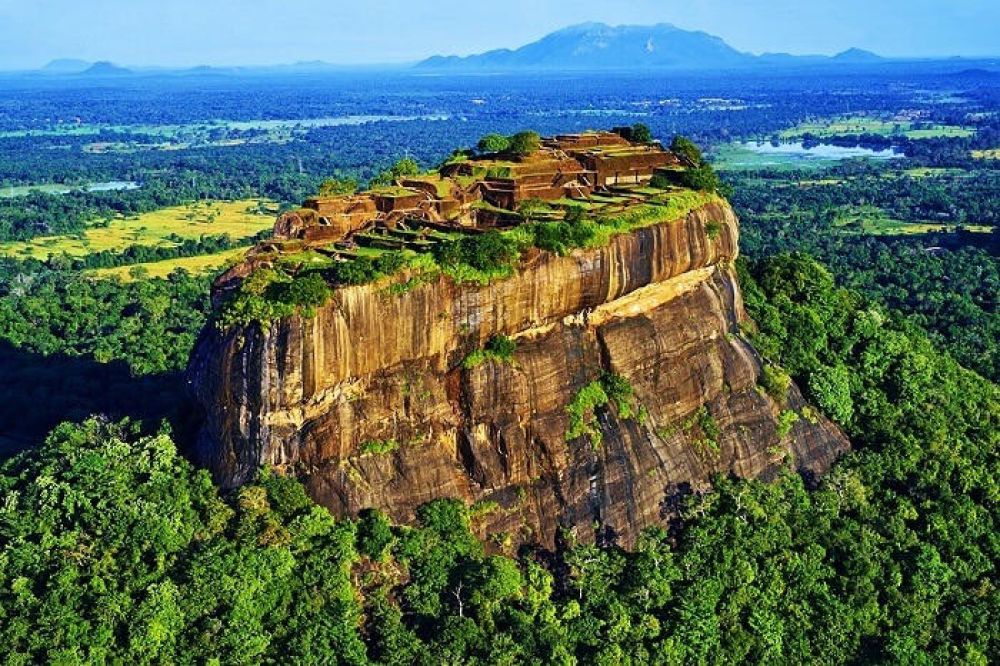

Located in the Matale District of Sri Lanka, Sigiriya is an ancient rock fortress and palace ruin surrounded by the remains of extensive gardens, reservoirs, and other structures. It is widely considered one of the most treasured historical monuments in the country, showcasing the ingenuity and creativity of ancient Lankan civilization.
Sigiriya's history as a tourist destination is inextricably linked to its fascinating past, which dates back to the 5th century AD. This millennia-old landmark was constructed under the reign of King Kashyapa (477 – 495 CE). Originally intended as a site of religious significance and later becoming a royal residence, Sigiriya is a masterpiece of ancient urban planning, art, and engineering.
The site fell into obscurity after the 12th century but was 'rediscovered' by British Army Major Jonathan Forbes in 1831, sparking a new era of archaeological significance and tourism for Sigiriya. It wasn't until the 1890s that extensive archaeological work began, bringing the splendor of Sigiriya to the modern world. Since then, it has become a focal point for both academic research and tourism.
In 1982, Sigiriya was declared a UNESCO World Heritage Site in recognition of its unique concentration of fifth-century urban planning, architecture, gardening, engineering, hydraulics, and art, all centered on the massive rock approximately 200 meters high. This accolade spurred its fame, drawing tourists and history buffs from around the globe.
In recent decades, the number of visitors to Sigiriya has seen a steady increase, leading to concerns over preservation. Efforts have been made to balance tourism with conservation, including managed access to certain parts of the site to prevent damage. Despite this, Sigiriya remains one of Sri Lanka's most visited tourist attractions and a symbol of the country's rich cultural heritage.
Today, the region around Sigiriya has developed rapidly to accommodate the influx of tourists. There are now numerous hotels, guesthouses, and resorts catering to a range of budgets and preferences. Visitors come not only to marvel at the fortress but also to enjoy nearby wildlife safaris, hot air balloon rides, and village tours that offer a taste of local life.
Tourists climbing the rock face will encounter Sigiriya's famous frescoes, extensive gardens, and the Mirror Wall with ancient graffiti. Atop the rock, the ruins of the palace offer stunning views of the surrounding landscapes. These features, combined with the site’s historical importance, make a visit to Sigiriya an unforgettable journey into Sri Lanka's past.
Looking ahead, there are continuous discussions about ensuring sustainable tourism that protects Sigiriya's natural and historical environment while providing economic benefits to the local community. Initiatives like limiting visitor numbers, promoting off-season travel, and encouraging cultural engagement are part of a concerted effort to ensure that Sigiriya remains a prestigious destination for future generations to enjoy.